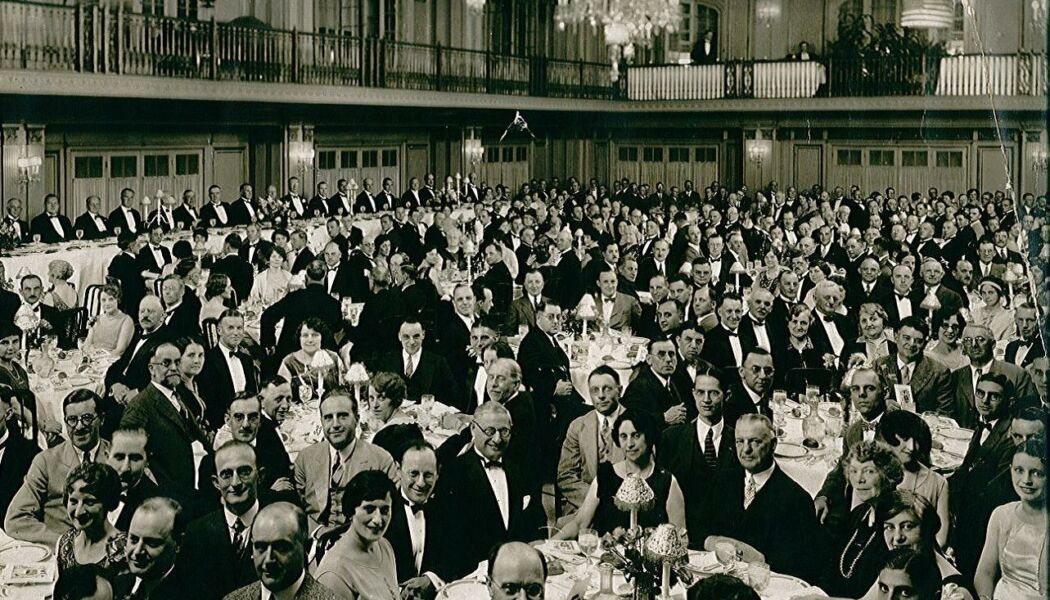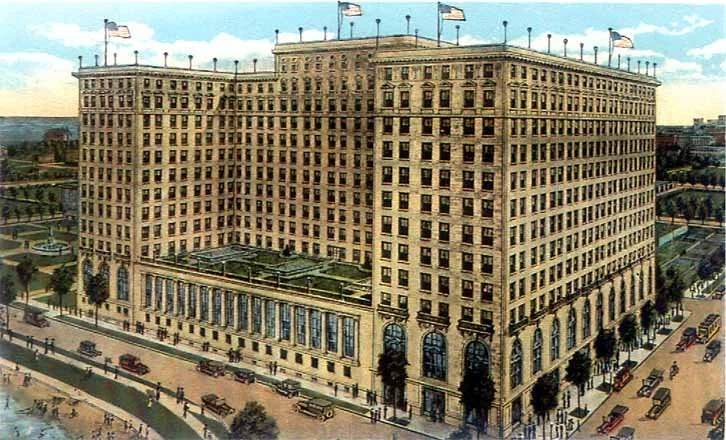The Drake Hotel | Chicago’s Elegant & Haunted Legacy
“Joe DiMaggio and Marilyn Monroe carved their initials into the wooden bar of the Cape Cod Room during a visit; this can still be seen today.”
It begins with a winter’s evening, 1920. A hush of snow settles over Oak Street Beach, Lake Michigan gleams like polished steel, and at the curve where Lake Shore Drive meets the Magnificent Mile, a new palace rises. Candles flicker in high windows, champagne glasses sparkle, and violins welcome guests into the city’s newest dream: The Drake Hotel.
A Family Legacy Reborn
The Drake brothers, John Jr. and Tracy, were not newcomers to Chicago hospitality. Their father, John Drake Sr., once held the reins of the famed Palmer House after the Great Fire. With The Drake, the brothers envisioned something bold: not merely a hotel, but the nation’s first urban resort. They assembled a syndicate of Chicago’s great families—the Palmers, Armours, Swifts, and McCormicks—and entrusted architects Benjamin Marshall and Charles Fox to give it form. The result: a $10 million limestone beauty whose Italian Renaissance lines seemed destined for the city’s skyline.
Architecture with Poetry
Marshall, a self-taught visionary, believed in glamour on a civic scale. The Drake’s facade feels palatial, with its raised Piano Nobile floor, arched arcades, and elegant double entranceways. Step inside and you’re swept into ballrooms lined with gilded trim, a Palm Court made for harp music, and grand staircases designed for cinematic entrances. This was not just shelter for travelers—it was Chicago’s stage.
The Social Heart of a City
Almost overnight, The Drake became a byword for sophistication. In the Gold Coast Room, chandeliers cast their light across banquets and society weddings. Afternoon tea in the Palm Court, served beneath painted ceilings, turned ritual into spectacle. And in 1932, the Cape Cod Room made its debut—the city’s first themed restaurant, where oysters, sailors’ knots, and maritime murals set the scene. Marilyn Monroe and Joe DiMaggio left their initials etched in its wood bar, a small love letter preserved in the grain.
Starry Guests and Storied Nights
The Drake’s guestbook reads like a roll call of 20th-century influence. Winston Churchill, Walt Disney, Elizabeth Taylor, Frank Sinatra, Princess Diana—all found refuge in its suites. Queen Elizabeth II once gazed from its windows at the expanse of Lake Michigan. During Prohibition, whispers of speakeasy gatherings drifted from its back rooms. In later decades, its glowing rooftop sign became a beacon for Chicagoans driving along Lake Shore Drive, reassuring as a lighthouse.
Click Photos to Enlarge
Historic Hotels of the World, Then and Now
Changing Eras, Timeless Grace
Like the city it inhabits, The Drake weathered booms and busts. The 1940s brought firelight and winter warmth; the 1950s and ’60s brought shifting tides in politics and culture, but still the hotel stood steady. By the 1980s, Hilton International took stewardship, restoring the grand dame to her rightful elegance. Today, she still welcomes travelers with the same quiet grace, her Palm Court harp still playing each afternoon as if time itself has slowed.
Why It Matters
The Drake is not just a hotel. It is a piece of Chicago’s living story—a bridge between eras, a meeting of glamour and grit, a reminder that hospitality can be an art form. Stand beneath its glowing sign on a crisp evening, and you can almost hear the echoes of a thousand toasts, a thousand whispered confidences, a thousand dreams begun in the shelter of its walls.
A century on, it remains Chicago’s lakefront crown jewel, as timeless as the waves at its doorstep.







